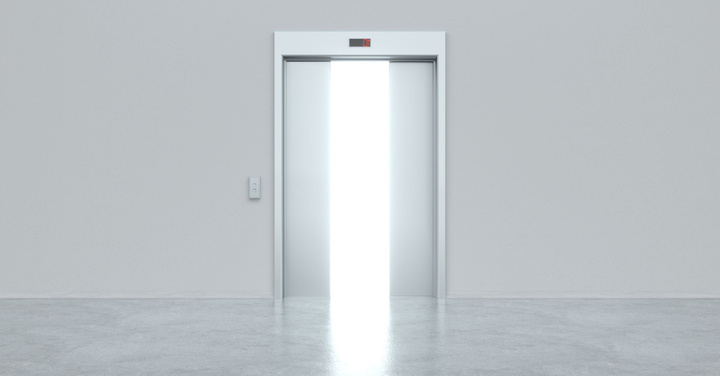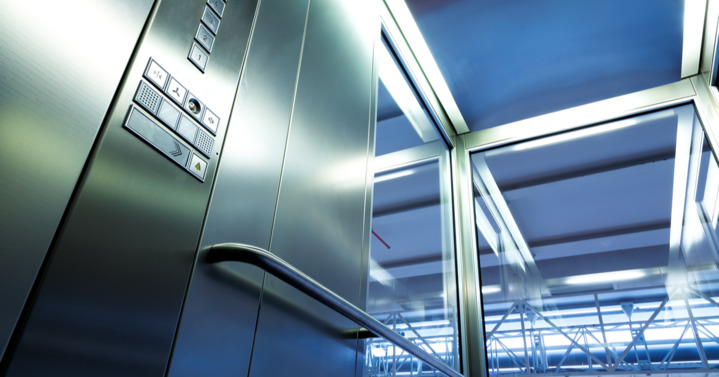4 Types of Elevator Metal Refinishing
Elevator metal refinishing is an excellent addition to a complete upgrade to your whole building. While window washing and envelope waterproofing services add long-term value, your team must not overlook the elevators and for good reason.
Top Signs It Is Time for Elevator Metal Refinishing
As one of the most touched, most-visited parts of a building, the elevator sees much wear and tear. There are many signs that it may be time for elevator metal refinishing, such as:
- Visible staining and smudging that is more difficult to clean.
- Evidence of stripping of topcoats or lacquer, which can look like flaking or bubbling.
- Vandalism, such as writings on the wall or graffiti.
- Discoloration from excessive touching.
- The age of the building, which can be seen in tarnishing, discoloration, or staining.
In addition to natural deterioration, unnecessary or incorrect janitorial routine cleaning can contribute to the weakening of the metals and finishes. Educating staff on the proper cleaning methods and chemicals for use can extend the metals’ life, which can reduce repair and refinishing costs in the long term. More importantly, refinishing can bring life back to the building’s aesthetics.
The Four Types of Refinishing
When it is time for elevator metal refinishing, the building owner needs to consider what look they want inside their building’s elevator. There are four leading types of elevator metal finishes:
- Lacquered stainless steel uses a clear coat that often goes over metals and adds a layer of protection to the materials.
- Unlacquered metals or the lack of a topcoat that results in premature wear and tear.
- Blackened metal is a chemical process that oxidizes the metal and transforms the color.
- Bronzing also must be lacquered, so air and other elements do not penetrate the metal.
Different metals and refinishes require separate maintenance and care. For example, oils on human hands can damage unlacquered metals and are more costly to repair. Ensure the refinish not only fits the budget but also consider the cost of regular janitorial services and how frequently it needs servicing. Metals that need cleaning more frequently can wear down faster than those that do not. Choosing the right elevator refinishing for the building can reduce the chances of premature repairs and extend the metals’ lifespan.
Other Considerations in Refinishing
While there are many finishes to decide between, there are various other items to consider when taking on an elevator metal refinishing project such as:
- Metal refinishing can restore an older appearance.
- Elevator metal refinishing is often more manageable and less costly than a full redesign.
- Newly lacquered surfaces need proper and updated cleaning protocols.
- Bronze surfaces may be blackened or treated to increase appeal.
- Some power tools can take out dings and scratches, while a new lacquer finish can solve issues not rising to this level.
- Door jams cause some damage to doors, so it may need re-adjusting.
As Medium.com explains, “older reflective surfaces using steel and bronze are out of sync with modern inspired architecture. Satin and non-directional finishes give a cleaner, more futuristic look. It is possible to get great designs pre-prepared from your elevator cab designer. These would fit neatly into your maintenance budget.” The many different aspects or stresses of elevator metal refinishing will seem small when the building’s new face keeps the tenants and their clients happy.
Create the Right Building Aesthetic With Experts in Elevator Metal Refinishing
The elevator is an integral part of the building. By following a regular cleaning and refinishing schedule, it’s aesthetic impacts can last years. To help determine if metal refinishing is needed for your elevators, contact JOBS Group today.



